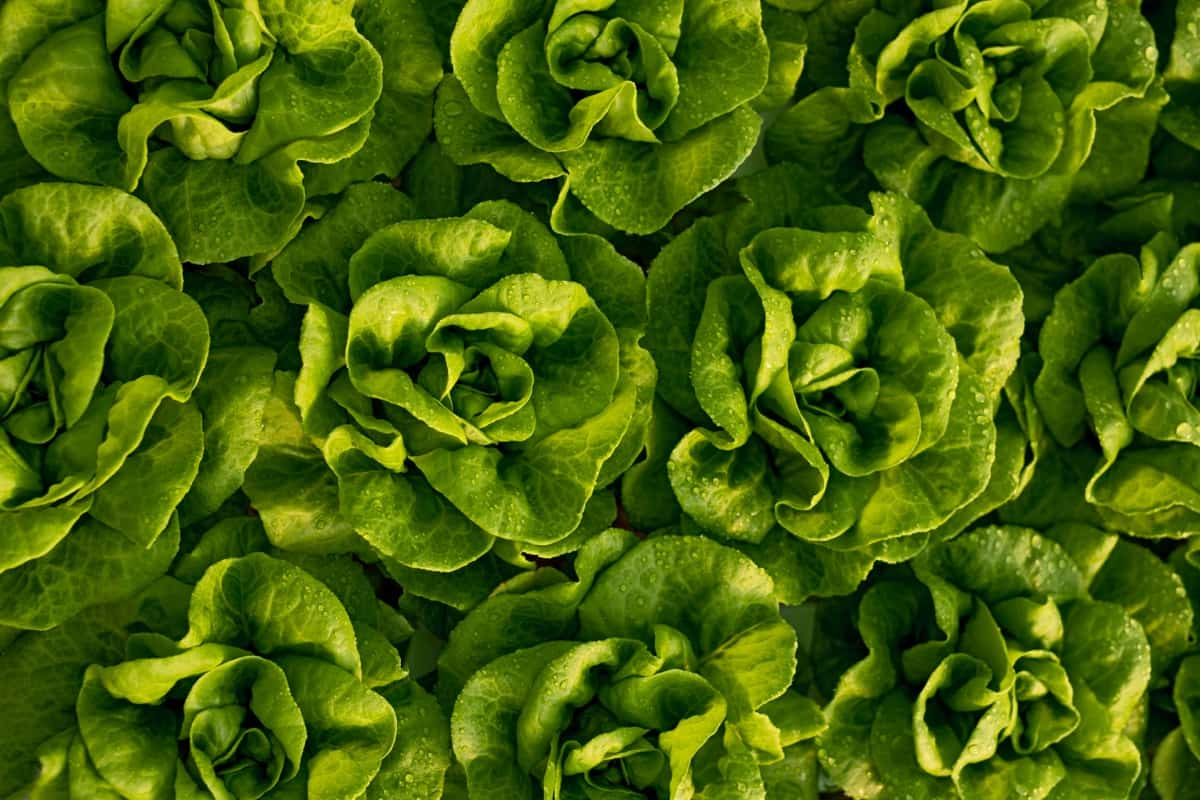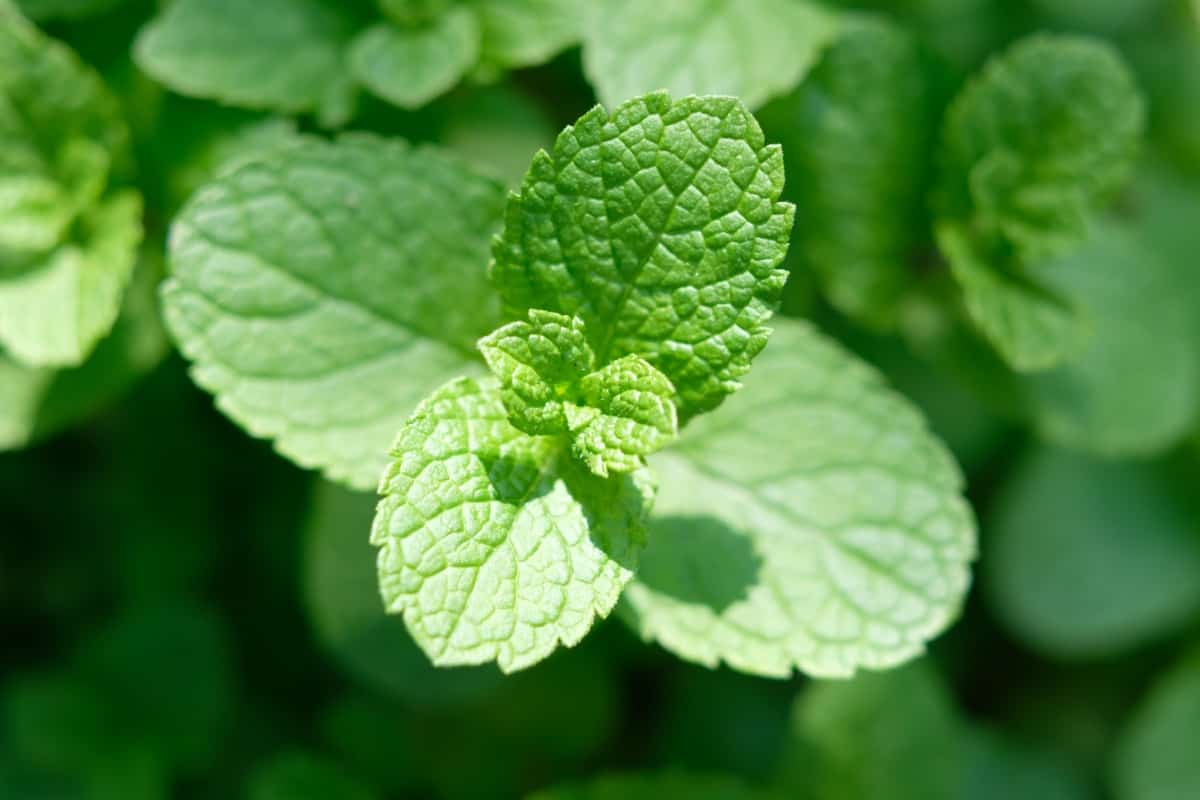The Kratky Method provides an easy approach to cultivating wholesome, tasty veggies without complicated machinery or soil. The nutrient-rich water solutions used in this passive hydroponic system supply vital nutrients straight to the roots of the plants. It is ideal for growing leafy greens like kale, spinach, and lettuce and is great for novices and tiny spaces. With the Kratky Method, even inexperienced gardeners can reap the rewards of a plentiful harvest of fresh, homegrown vegetables with little upkeep and resources.
5 Vegetables to Grow With the Kratky Method
What is the Kratky Method?
The Kratky Method is a hydroponic gardening method that grows plants quickly and easily without electricity or complicated equipment. Dr. B.A. created it. Kratky works with a straightforward configuration consisting of a floating platform, a nutrient solution, and a container. The roots of the plant dangle in the liquid, supplying growth with nutrients and oxygen. This technique is well-liked for producing leafy greens, such as lettuce and herbs, so home gardeners and small-scale farmers looking for an affordable, low-maintenance option can consider it.
Best Plants for the Kratky Method
- Lettuce
- Tomatoes
- Cucumbers
- Herbs

Why These Plants Thrive with Kratky
- Fast Growth Rate: Because Kratky setups have a limited supply of nutrients and water, fast-growing plants can develop to maturity before refilling.
- Tiny Size: Compact plants fit the system’s capacity, avoiding problems like growth retardation and regular upkeep.
- Exclusive Leaf Crops: Suitable for the Kratky method, leafy plants concentrate on their foliage rather than fruiting branches, which lowers their nutritional requirements.
Crops That Aren’t Ideal for Kratky
- Root crops: Kratky can’t give the space and nutrition that carrots, potatoes, turnips, beets, sweet potatoes, and parsnips need.
- Plants with Long Maturation: Frequent water changes and prolonged nutrient support are necessary for lavender, Brussels sprouts, peppers, corn, beans, and strawberries.
- Large Fruit-Producing Plants: Due to their high nutrient requirements, such as melons.
Getting Started and Setting Up Your Kratky System
To begin with the Kratky Method, you only need a few basic items: a container, net pots, a growing medium, water, and nutrients. Once set up, your plants will thrive with minimal maintenance. Potatoes, eggplants, zucchini, pumpkins, squash, and cucumbers may overwhelm the system.
- Fill with Water: Start by filling your container with water and adding nutrients.
- Plant Placement: Place your seedlings or cuttings into the water, ensuring their roots are submerged.
- NPK Ratio: Consider the NPK ratio required for your chosen plants.
Maintaining and Harvesting your Kratky-Grown Produce
Keeping up with a Kratky system is simple. Please put it in the shade or with the right grow lights. With plant growth, minimal water inputs could be required. After your plants reach the appropriate size, you can start harvesting. While lettuce, leafy greens, tomatoes, cucumbers, and peppers should be collected when ripe, herbs can be harvested whenever needed.The Kratky Method makes hydroponics easier to understand for novices and provides a practical method for growing fresh veggies at home.
Maximizing Yields and Quality with Kratky
- High Yields: Kratky Hydroponics consistently produces high crop yields. It’s ideal for leafy greens, herbs, and some fruiting plants.
- Low Cost: This method is cost-effective, requiring minimal equipment and resources. It’s accessible to both beginners and experienced growers.
- Low Maintenance: Kratky systems are easy to set up and maintain. There’s no need for pumps or electricity, reducing complexity.
- Quality Produce: Plants grown using Kratky often exhibit excellent flavor and nutritional content due to controlled nutrient levels.
- Space-Efficient: It’s perfect for small spaces like balconies or indoor setups, maximizing space utilization.
- Water Efficiency: Kratky uses less water than traditional soil farming, making it environmentally friendly.
- No Soil-Borne Diseases: Plants are less susceptible to soil-borne diseases since it’s soil-free.
- Quick Growth: Plants grow faster in Kratky systems, allowing for quicker harvests.
- Adaptability: Kratky can be adapted for various plant types and sizes, offering versatility.
Kratky Herbs: Basil, Cilantro, and More
Basil’s Thriving Secret: Basil excels in Kratky systems because of its versatility. Its vivid green leaves flourish in the nutrient-rich water devoid of soil, giving pesto, salads, and garnishes a consistent supply. Frequent harvesting improves flavor and promotes bushier growth.
In case you missed it: How to Improve Yield Using the Kratky Method

Cilantro’s Flavorful Growth: Although the fragile leaves of cilantro can be difficult to grow in soil, they thrive in Kratky arrangements. This will provide a steady supply of fragrant cilantro leaves, ideal for Southeast Asian, Indian, and Mexican cooking.
Parsley’s Green Glory: Kratky Hydroponics produces abundant parsley, frequently used as a garnish or in salads. Your culinary masterpieces will be enhanced by the consistent supply of luxuriant parsley leaves provided by the regulated environment.
Chives and Oregano: The strong flavors of oregano and chives make them a great fit for Kratky systems. They are a dependable flavor supply for many meals and require little upkeep.
Benefits of Kratky: One of Kratky’s benefits is its ease of use. It is simple to use and a great choice for urban gardening, with little equipment needed. This strategy conserved water, which lets plants absorb only what they require.
Harvesting Joy: You can experience the fulfillment of gathering fresh herbs all year with Kratky. This guarantees a consistent supply of premium herbs that can enhance the flavor of your food.
Control of Nutrients: Kratky controls the water’s nutrient concentration. Thanks to this management, herbs brimming with flavor and scent are produced for you.
Space-Efficient: Kratky systems are ideal for indoor and outdoor herb gardens because of their space-efficient design. Growing herbs in a comparatively small area can maximize your available space.
Mint Magic: Peppermint or spearmint works great with Kratky hydroponic systems. Thanks to its robust growth, you’ll have a lot of fresh leaves for teas, drinks, and culinary specialties.
In case you missed it: Mint Companion Plants: Plants Grow Best with Mint and Bad Companion Plants for Mint

Tomatoes and cucumbers with Kratky
Growing tomatoes and cucumbers with the Kratky method, a passive hydroponic system, offers several advantages. Both vegetables thrive in this simple, soil-less technique. Tomatoes, known for their versatility, can flourish, producing juicy, flavorful fruits. Cucumbers, with their rapid growth, also adapt well.
In a Kratky setup, ensure ample support for tomato vines, which can grow tall and heavy. For cucumbers, choose compact varieties for the best results. Maintain nutrient-rich water levels, keeping the solution at the right concentration. Tomatoes and cucumbers enjoy slightly different pH levels—tomatoes prefer 5.5-6.5, while cucumbers thrive at 6.0-6.5. Monitor for signs of nutrient deficiency, which may manifest as yellowing leaves or slow growth.
Conclusion
Kratky’s method to grow vegetables provides an easy and effective way to grow various crops. This hydroponic method produces remarkable results and is suitable even for beginners. In Kratky systems, leafy greens like lettuce and spinach grow well; with the right conditions, tomatoes and peppers can flourish. Herbs that grow well, like cilantro and basil, give your food a fresh taste. With this strategy, you can cultivate cold-tolerant veggies even in the winter.
- Feed Your Flock for Less: Top 10 Tips to Save on Chicken Feed
- Ultimate Guide to Ossabaw Island Hog: Breeding, Raising, Diet, and Care
- Hatching Answers: The Top 10 Reasons Your Chickens Aren’t Laying Eggs
- Eggs and Economics: Breaking Down the Cost of Raising Backyard Chickens
- Defend Your Greens: Proven Methods to Keep Iguanas Out of Your Garden
- Ultimate Guide to Cinnamon Queen Chicken: A Comprehensive Guide for Beginners
- Ultimate Guide to California Tan Chicken: Breeding, Raising, Diet, Egg-Production and Care
- Ultimate Guide to Marsh Daisy Chicken: Breeding, Raising, Diet, and Care
- 10 Types of Chicken Farming Businesses You Can Start for Profits